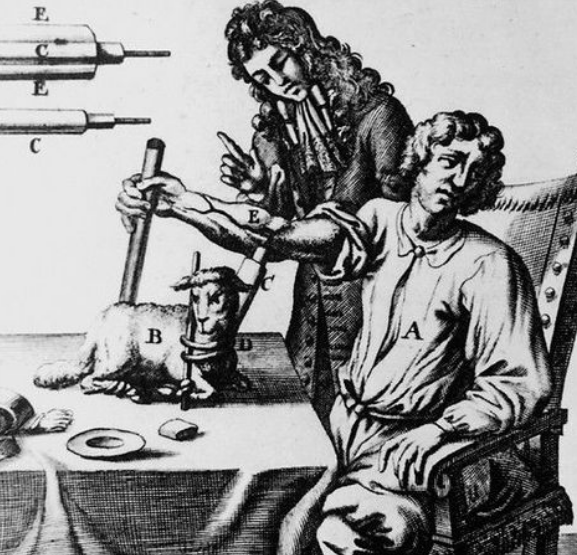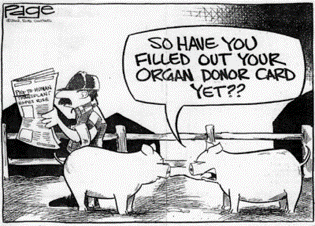
If you’re like me and your knowledge of science fiction far outweighs your knowledge of actual science, when you hear the word “xenotransplantation,” what comes to mind first?

But let’s start with a bit of etymology. The word xenotransplantation stems from the Greek word “xeno,” which means “foreign.” Defined as “the surgical transfer of cells, tissues or whole organs from one species to another,” it’s literally the practice of replacing faulty or damaged human organs with those taken from another foreign species.

First attempted back in the early 1900s, scientists originally tried using the organs of pigs, goats, lambs, and monkeys to help those with failing human organs. Unfortunately, none of these worked, and xenotransplantation was abandoned as a concept for several decades. In 1944, however, it was discovered that when organs are transplanted from one human to another, it triggers a response from the immune system essentially, the immune system sees the foreign organ the same way it would a disease or a virus and attacks it.

Transplants began to be more successful in the 1960s with the advent of immunosuppressive drugs and had become commonplace by the 1980s. The problem, however, is that there aren’t enough organs for all of the people who need them hence the need for revisiting the idea of xenotransplantation.